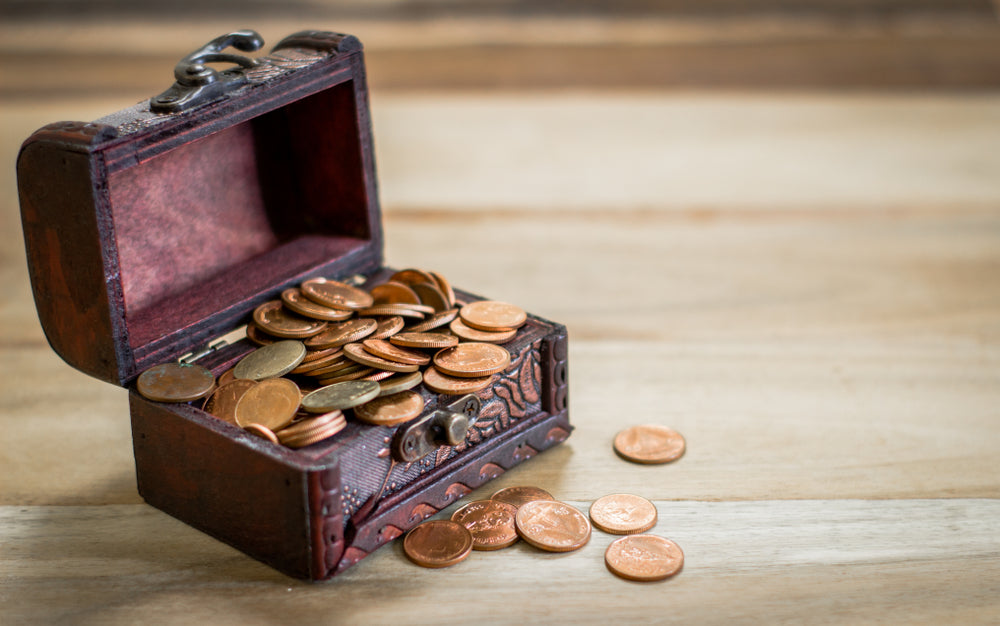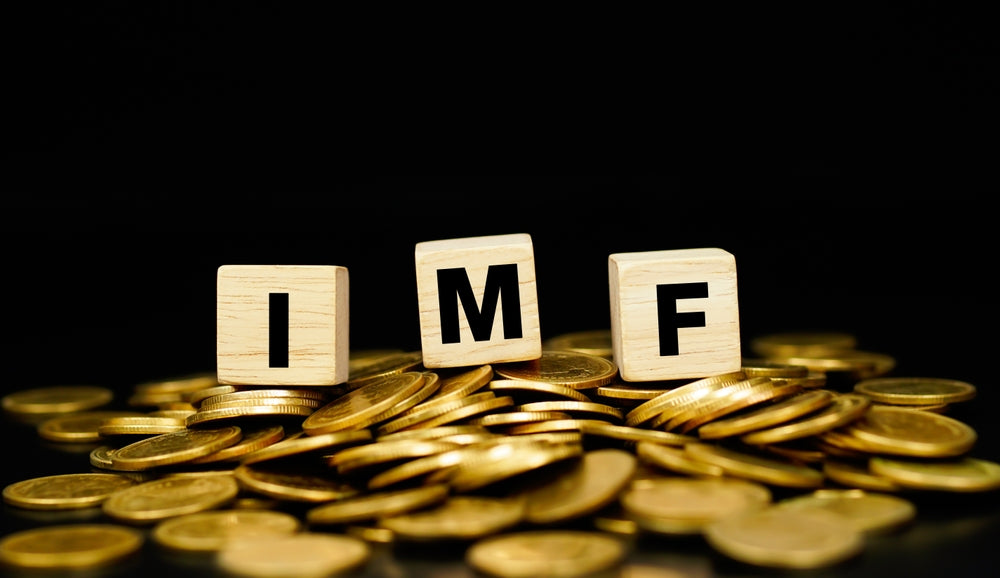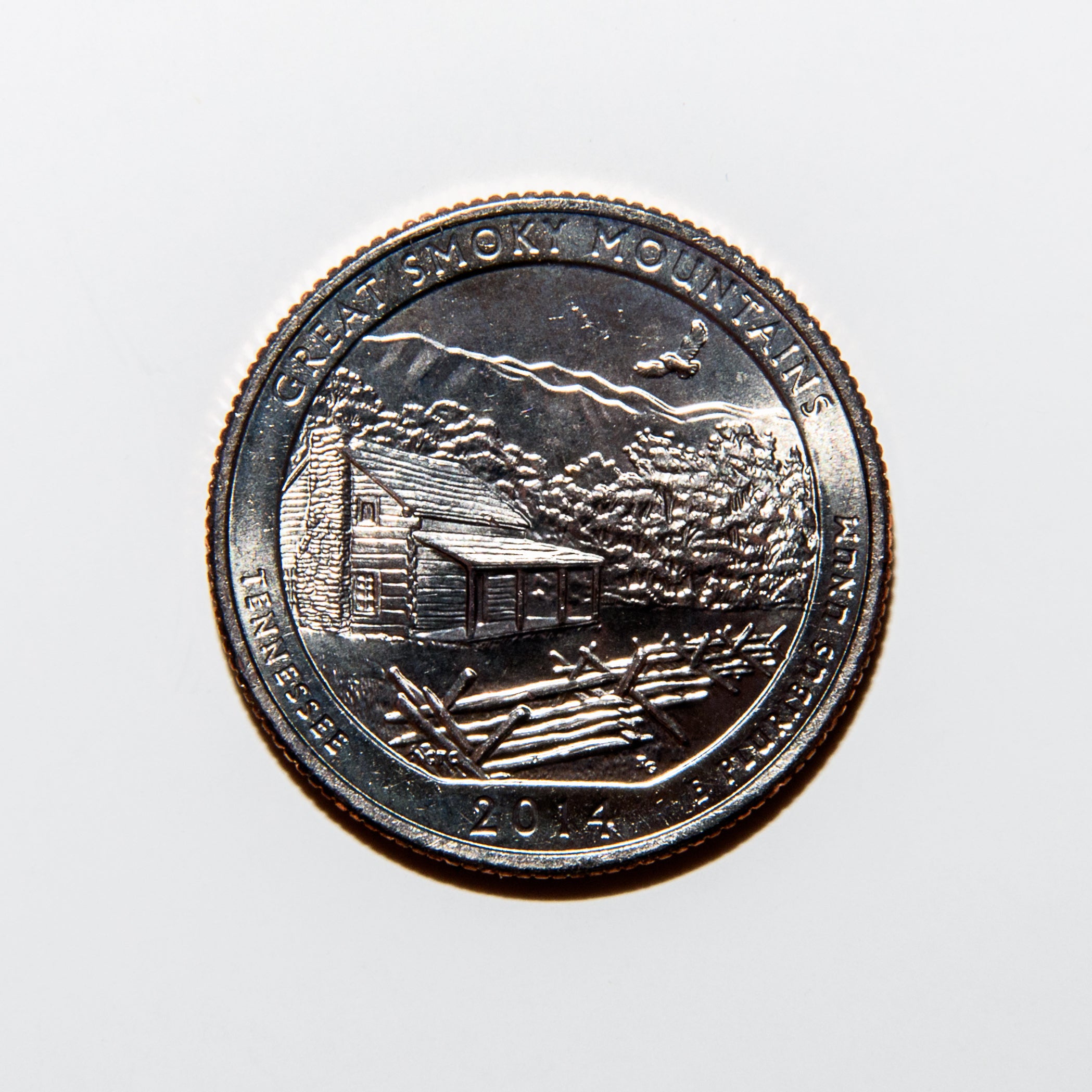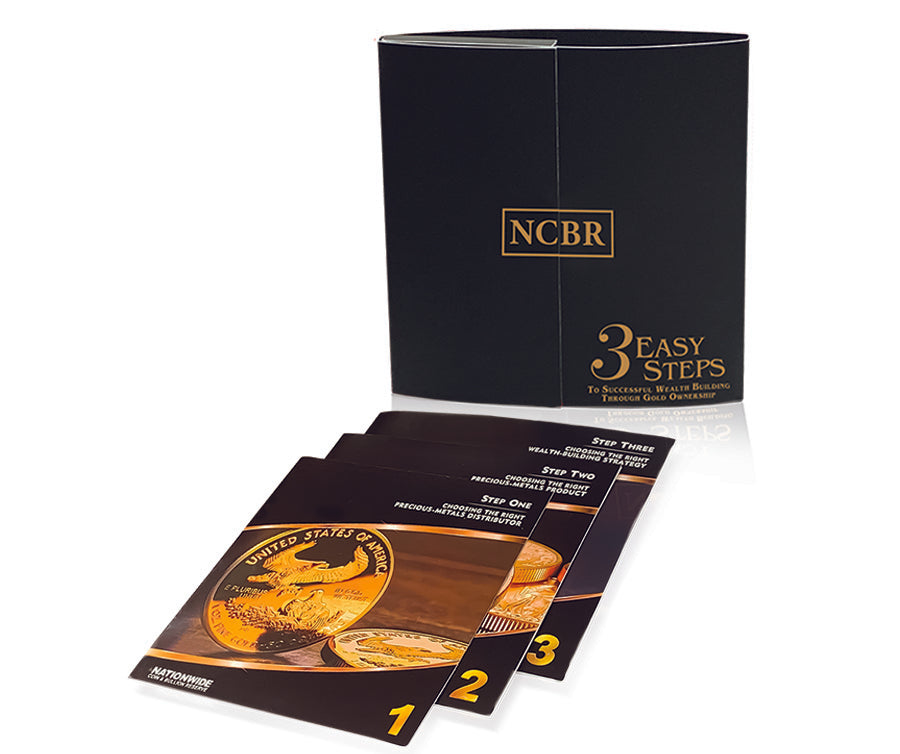Among the great attractions of coin collecting is the fact that it enables us to literally hold history in our hands. Coinage began approximately 2,700 years ago, and thus coins represent one of the best methods of deciphering ancient history.
The very first metal coins were produced in Asia Minor—now Western Turkey—in the 7th century B.C. They were made from a naturally-occurring alloy of gold and silver, called electrum, a Latinized version of the Greek word “electron,” which is the term Homer used to describe the metal in his epic poem The Odyssey. The Lydians of Asia Minor were the first people to use these coins, according to the Greek historian Herodotus. Archeologists from the British Museum discovered 93 electrum coins during the 1905 excavation beneath King Croesus’ temple of Artemis in the ancient Greek city of Ephesus, located in present-day Izmir Province of Turkey. The coins were left as offerings in a support structure designed to hold a statue of Artemis, the Greek goddess of wild animals.
More recent excavations near the temple recovered additional coins. Most numerous among them were lion-head coins, including the “Lydia Lion” which is on display in the British Museum in London. Six of them bear the Lydian inscription WALWET, which, according to many scholars, probably records the name of the great Lydian king known to the Greeks as Alyattes (ca. 610–560 BCE).
In the middle of the 6th century, the Lydians were able to extract gold and silver from electrum. King Croesus then exchanged the electrum coins for ones made of pure gold and silver, the former of which were called Croeseids. This was confirmed in 2002 during excavations of the city of Sardis when archeologists discovered Croeseid specimens.
Real Time Precious Metals Data Below







